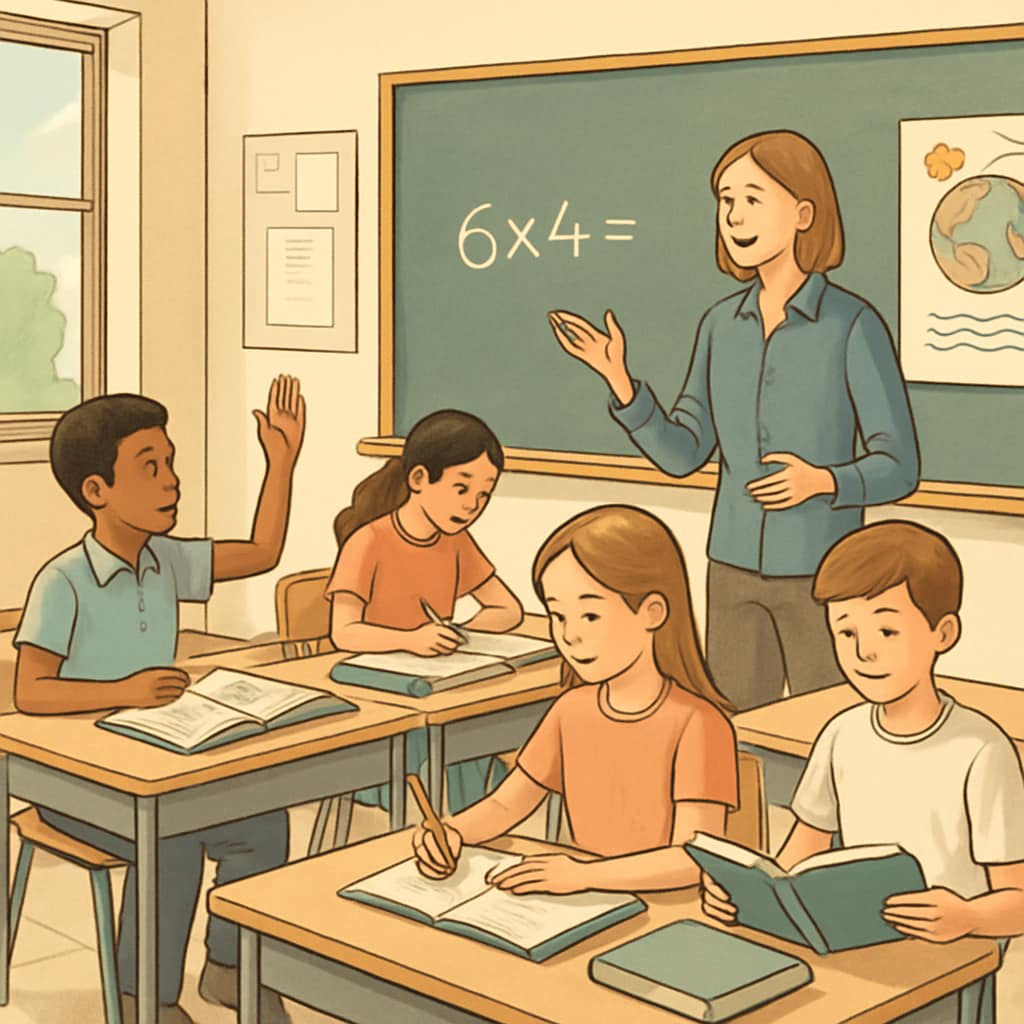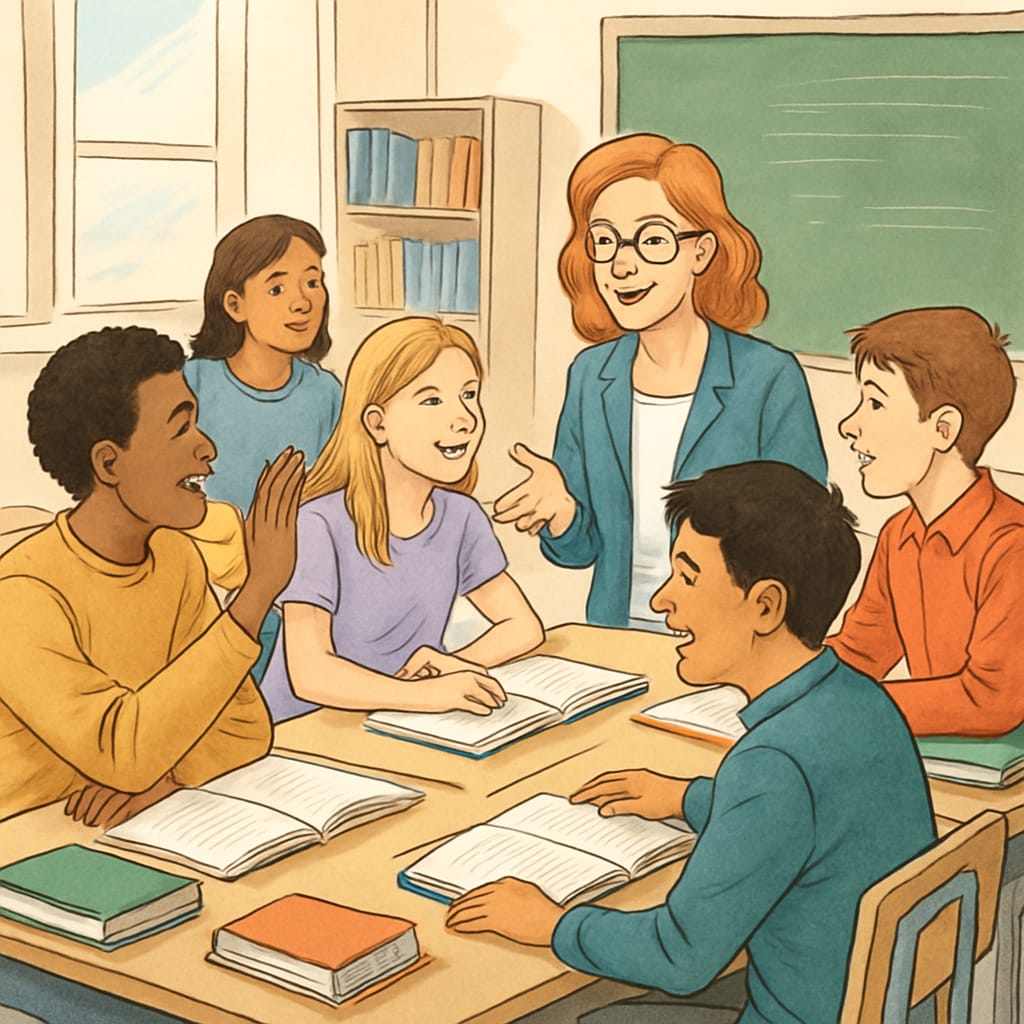Year-round schooling, which provides an alternative to the traditional long summer breaks, is gaining attention for its potential to mitigate the “summer learning loss” phenomenon. By restructuring the academic calendar into shorter, more frequent breaks, year-round schooling promotes better knowledge retention and offers a balanced approach for students, teachers, and families alike.
What is Year-Round Schooling?
Year-round schooling deviates from the conventional school calendar that typically includes a three-month summer break. Instead, it adopts a model where students attend school throughout the year with shorter breaks distributed evenly. One popular format is the “45-15” model, where students study for 45 days and then take a 15-day break. Another is the “one week on, one week off” system.

The Impact of Summer Learning Loss
Summer learning loss, or “summer slide,” refers to the decline in academic skills and knowledge students experience during the long summer break. Research shows that students, on average, lose about two to three months of learning in math and reading over summer vacation. This loss disproportionately affects students from low-income families, who may lack access to educational resources during the break.
Year-round schooling directly addresses this issue by eliminating the extended periods without academic engagement. As a result, students can retain more of what they learn and require less review time when returning from breaks. This system particularly benefits subjects like math and science, where continuous practice is crucial for mastery.
Benefits for Students, Teachers, and Families
Year-round schooling offers numerous advantages beyond combating summer learning loss. These include:
- Improved Knowledge Retention: Shorter, more frequent breaks reduce the time students spend away from academic material, leading to better retention rates.
- Reduced Burnout: Regular breaks provide both students and teachers with opportunities to recharge, leading to improved focus and productivity during school sessions.
- Flexible Family Planning: Distributed breaks allow families to plan vacations or activities during off-peak times, often resulting in cost savings and less crowded destinations.
- Decreased Overcrowding: In schools with multi-track systems, year-round schedules can alleviate overcrowding by staggering student attendance.
Additionally, teachers benefit from reduced time spent re-teaching old material, allowing for more in-depth exploration of new concepts.

Challenges and Considerations
While year-round schooling has its benefits, it is not without challenges. For instance, transitioning to this system requires significant logistical adjustments, such as altering bus schedules, modifying extracurricular activity plans, and updating school facilities. Furthermore, some families may find it difficult to align their schedules with the new calendar.
There is also ongoing debate about whether year-round schooling significantly improves academic outcomes compared to traditional calendars. While it reduces summer learning loss, the overall impact on standardized test scores remains a subject of research. However, the advantages in terms of knowledge retention and reduced stress are widely recognized.
The Future of Year-Round Schooling
As education systems worldwide seek innovative solutions to improve learning outcomes, year-round schooling presents a compelling model worth exploring. Its potential to address summer learning loss, coupled with benefits for mental well-being and family flexibility, makes it an attractive alternative to traditional school calendars.
Ultimately, the success of year-round schooling depends on community support, careful planning, and adaptability. By prioritizing students’ long-term learning needs, this system could become a key component of modern education reform.
Readability guidance: This article uses concise paragraphs and lists to enhance clarity. Transition words such as “however,” “therefore,” and “as a result” ensure smooth flow. The active voice is prioritized, with minimal use of passive structures.


